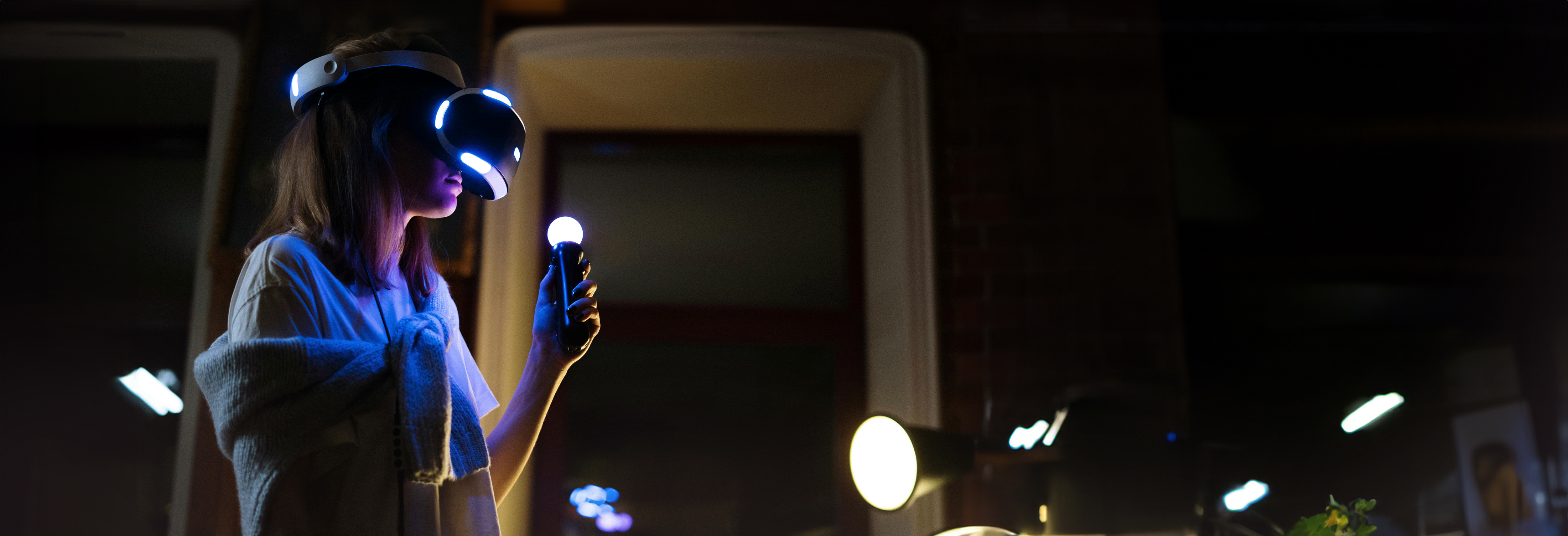< Projects

Interactive AI – Ethics and Aesthetics of Human-Machine Interaction in Art, Music, and Games
About the project
Current AI is dominated by computation-heavy non-real-time big data processing, with little or no human interaction. As hardware grows faster and cheaper and algorithms get optimized, AI will find applications in real-time situated interactive applications where humans and small-scale AI work together – as integrated in creative tools for art and music, in the form of computer games, or even as direct interactors (e.g., as co-player, co-artist, co-designer).
The use of AI in real-time interactive and creative applications raises a number of research issues, primarily related to ethics and aesthetics. These are important to study to be able to design and use such tools in a meaningful way, and to understand their implications. Existing theories and philosophies of tools will need to be revised and expanded in the light of interactive agents with creative properties, autonomy and inherent agency.
By aesthetics we refer to the qualities of the creative outcome of AI algorithms and how interactivity and interaction design could play a role in its control. But also to meta-properties such as variability, repeatability, and aspects of novelty and surprise, and how creative processes materialize. Equally important are aesthetic qualities of the interaction in itself, in terms of being pleasurable, meaningful, desirable, simple, or complex. There are theories of aesthetics of interaction design, but as the abstraction level of the interactions and the interactor change, the interactions will too. New theories are needed.
With ethics, we refer to two things:
First, agency (real and perceived) is an important component in human and human-machine interaction, and is strongly connected to authorship, intention, trust, and authenticity. Established notions of intention and moral agency in AI have been subject of significant research, but they take on a somewhat different meaning in the arts. For example: Art can provoke, but who is the provoking agent in AI-generated art? Who is the author of music generated from a training set?
Agency can also be thought of in terms of influence – what influenced the actual aesthetic outcome? How is such shared agency distributed between algorithm designers/inventors, implementors, users, input data, and the algorithm itself?
Second, but equally important, is how and why we should, based on the above-mentioned aesthetic implications, implement interactive AI in certain ways. Examples include conformistic effects, algorithmic bias, lost sense of agency, perceptional bandwidth, and artistic quality.
Instead of the typical AI-generated human-like artistic output, this research theme is about how AI artists or AI-based creative tools or processes are perceived and interacted with. Artmaking is interacting with society, not just producing an artifact. Musicmaking is interacting musically with others, not a one-way machine-learning algorithm imitating Mozart or The Beatles. Interaction happens between agents (human or artificial), and through interaction we manifest our own agency. Human-machine interaction in creative AI applications will soon approach the qualities of human-human interactions. Thereby our focus on the ethical and aesthetic qualities of interaction with AI. We propose to focus on the AI as an agent, not only as a tool.
Today’s machine learning algorithms have severe problems with regards to creativity 2: Machine learning is convergent by design, i.e., it gives the most probable output, while human creativity by definition contains surprise and novelty. How do we get AI algorithms to explore instead of optimize, and how can we guide exploration? If we do not succeed, what are the implications? Also, most AI algorithms are implemented as black-box processes, lacking interaction during learning phase and during generation of output, while human creativity is an interactive process over time, deeply entangled with its environment.
By changing our view of AI from a black-box mimetic tool to a potential node in a creative interactive systems of humans and machine agents, we can enable new paradigms of creative process, and find ways to harness the power of AI without compromising human artistic expression and agency.
Start: 1 October 2021
End: 1 October 2025
Assistant Professor Project
Keywords
Universities and institutes
Chalmers University of Technology
Project members

Kıvanç Tatar
Assistant Professor
Chalmers University of Technology

Kelsey Cotton
PhD student
Chalmers University of Technology

Xuechen Liu
Postdoc
Chalmers University of Technology

